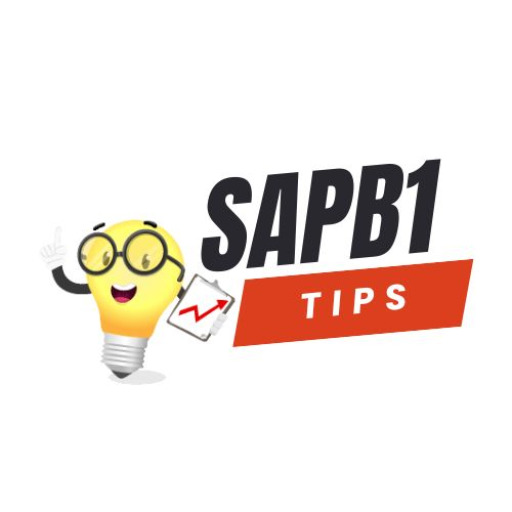Mathématiques-AI-powered math problem solver.
AI-driven math assistance for every problem.
Qu'est-ce que le théorème de Pythagore ?
Related Tools
Load More20.0 / 5 (200 votes)
Introduction to Mathématiques
Mathématiques is designed as a specialized AI assistant focusing on delivering precise, detailed, and comprehensive mathematical insights across various levels of complexity. Its primary function is to explain mathematical concepts, solve problems, and offer step-by-step guidance for both basic and advanced mathematical queries. It addresses a wide range of topics from elementary arithmetic to advanced calculus, algebra, number theory, and applied mathematics. The design purpose is to make mathematical concepts accessible and understandable, whether for students, educators, researchers, or enthusiasts. The system employs examples and real-world applications to bridge the gap between theory and practice. For instance, a user might request an explanation of differential equations. Mathématiques not only explains the theoretical foundation but also walks the user through specific types of equations (e.g., linear, homogeneous), demonstrating how these are solved step by step. If a user is working on a specific engineering problem, the system can guide them in applying mathematical models to real-world scenarios.

Key Functions of Mathématiques
Conceptual Clarifications
Example
Explaining the difference between permutations and combinations in probability theory.
Scenario
A high school student preparing for a probability exam asks Mathématiques to explain the core differences between permutations and combinations. Mathématiques offers a clear breakdown, with visual examples, formula derivations, and explains why permutations take the order into account while combinations do not.
Step-by-Step Problem Solving
Example
Solving a complex integral with substitutions and partial fractions.
Scenario
A university student working on calculus homework is struggling with an integral problem that involves substitution followed by partial fractions. Mathématiques offers a step-by-step solution: first suggesting the appropriate substitution, then demonstrating how to decompose the rational function into partial fractions, and finally integrating each term. The system explains each step to ensure the student understands the process.
Applied Mathematics and Real-World Scenarios
Example
Using linear programming to optimize production in a factory.
Scenario
An engineering professional wants to maximize efficiency in a factory's production schedule using linear programming. Mathématiques assists by helping them model the problem with objective functions and constraints, then walks through how to apply the simplex method to find the optimal solution, taking into account resources and time limitations.
Ideal Users of Mathématiques
Students (High School to University Level)
Students studying mathematics at any level can benefit from Mathématiques’ detailed explanations, step-by-step problem-solving guidance, and theoretical clarifications. Whether they need help with elementary algebra, geometry, or advanced topics like calculus and linear algebra, Mathématiques can provide accessible yet rigorous support. Its ability to break down complex concepts into manageable steps makes it especially useful for exam preparation and homework.
Educators and Researchers
Teachers and researchers in mathematical fields can use Mathématiques as a supplemental tool to design lesson plans, solve complex mathematical problems, and even explore advanced mathematical theories. Researchers can benefit from the assistant’s ability to handle advanced topics such as group theory, topology, and differential equations, while educators can use it to demonstrate concepts in a clear, interactive manner in the classroom.

Guidelines for Using Mathématiques
Step 1
Visit aichatonline.org for a free trial without login; no ChatGPT Plus required.
Step 2
Ensure you have a stable internet connection and a device capable of running a web browser to access Mathématiques effectively.
Step 3
Once on the platform, input your mathematical queries, ranging from simple arithmetic to complex calculus, in either text or formula format.
Step 4
Use Mathématiques to clarify concepts, generate step-by-step solutions, or explain theorems. Adjust the level of detail based on your understanding.
Step 5
Leverage additional features such as graphing, problem-solving hints, and targeted explanations for an enhanced learning experience.
Try other advanced and practical GPTs
Trisociation
AI-powered creative idea generator.

논문퀴즈봇
AI-powered tool to generate quizzes from research papers

Prototype Designer
AI-Powered Prototype Design Tool

Company Researcher
AI-powered contact search, simplified.

Scholar AI
Elevate Your Academic Writing with AI-Powered Assistance

Project PathFinder
AI-driven project management made simple

her
Your AI companion for deeper connections.
WritersBlock
AI-driven assistance to beat writer's block

Autopilot
Your AI-Powered Assistant for Every Task

Ticketcrociere
AI-powered cruise planning and booking

BioHack Me
AI-powered personalized biohacking tool

SAP B1 Tips
AI-powered SAP Business One mastery

- Problem Solving
- Homework Help
- Concept Learning
- Tutoring Support
- Math Research
Common Questions about Mathématiques
What type of math problems can Mathématiques solve?
Mathématiques can solve a wide range of problems, from basic arithmetic, algebra, and geometry to advanced topics such as calculus, linear algebra, and differential equations. It also supports abstract mathematics, including number theory and topology.
How accurate are the solutions provided by Mathématiques?
Mathématiques provides highly accurate solutions by leveraging a sophisticated mathematical engine and verified algorithms. For complex problems, it can offer step-by-step solutions, ensuring precision and clarity.
Can Mathématiques explain math concepts beyond just solving equations?
Yes, Mathématiques is designed to provide thorough explanations of mathematical concepts, theories, and theorems, making it an excellent resource for learning and comprehension, in addition to solving equations.
Is Mathématiques suitable for students of all levels?
Absolutely. Mathématiques caters to a broad range of users, from elementary-level students learning basic arithmetic to university-level students tackling advanced mathematics. It adjusts the complexity of explanations to suit the user’s needs.
Can I use Mathématiques for graphing functions and visualizing data?
Yes, Mathématiques includes graphing capabilities, allowing users to plot functions, visualize data, and explore mathematical relationships interactively.